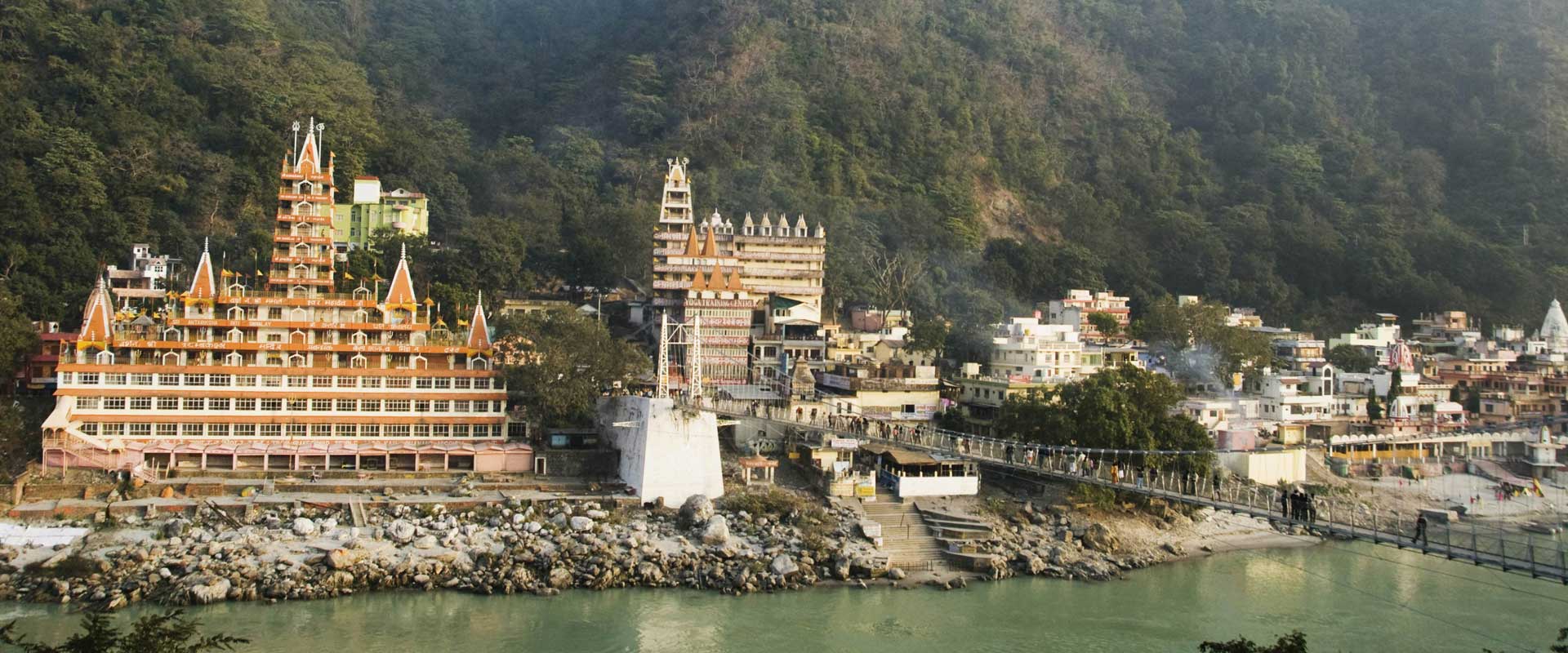- Home
- A&A Tours
- Trip Types
- Tailor Made
- Luxury Train Tour
- Private Jet
- Luxury Hotels
- Luxury Cars
- About Us
- Find My Tour
To More Inquiry

Every monsoon, India’s hill stations—those evergreen escapes from the heat—promise solace and beauty. Yet lately, the rains rage with a vengeance. In 2025, the Himalayan belt from Kashmir through Uttarakhand and Himachal Pradesh has witnessed extreme downpours, flash floods, and landslides across its slopes. Rivers have surged, roads have vanished, hotels have been damaged, and whole stretches of these beloved hill retreats are scrambling to recover.
As travel writers and lovers of the hills, we pause to ask: in the shadow of disaster, when can tourists return? And how long before these mountain sanctuaries heal themselves — or are made whole by human effort?

In August 2025, sudden, heavy rains struck Kashmir’s Kishtwar region. At least 46 lives were lost and more than 200 people went missing in flash floods and mudslides. Meanwhile, Ladakh also saw cloudbursts and flash floods that disrupted the Jammu–Leh highway and damaged infrastructure in remote valleys. These events underscore how vulnerable even the highest regions are to runaway moisture systems meeting cold mountain air.
Himachal’s woes have been severe. The Beas river flooded and washed away segments of the Chandigarh–Manali highway, blocking movement and damaging hotels along the route. In districts like Kullu, Mandi, and Shimla, roads are blocked by landslides, and parts of towns have seen structural damage. Similarly, Uttarakhand has seen flash floods in places like Dharali, killing multiple people and sweeping away buildings. Across the Himalayan region, meteorological records show a staggering 765 heavy-to-extremely heavy rainfall spells this monsoon — a five-year high.
These disasters aren’t isolated. Across northern India, relentless rains have caused flooding and landslides, displacing thousands. Experts point to intensifying monsoon systems, higher moisture content in the air, and shifts in upper air patterns (like the subtropical jet stream) as factors making cloudbursts more common in Himalayan regions. The steep slopes, deforested terrain, and infrastructural stress magnify each rainfall pulse into disasters.
Recovery timelines depend on severity, terrain, funding, and human will. Based on past flood events and current damage assessments, here’s a rough estimate:
Immediate stabilization & clearing (weeks to 2 months): Debris removal, landslide stabilisation, restoring local roads, and ensuring utilities (water, electricity) to accessible areas.
Intermediate repairs (3–6 months): Restoring key highways, repairing damaged buildings, rebuilding tourist lodges, reinforcing slopes, and bridging gaps in access.
Full rehabilitation (6–12+ months): Complete re-integration of remote hamlets, ecological restoration (replanting, slope engineering), and verifying safety before large tourism flows return.
In severely affected zones (e.g. demolished roads or deep landslide zones), full fitness may take up to a year or more. Some places may remain fragile for longer, depending on repeated rains.
Given we are already nearing end of September, much of the monsoon is over. But residual rain, cloudbursts, and delays in repair work may push full recovery into spring 2026.
Given the scale of damage and ongoing risks, here’s a cautious timeline for reopening tourism in the hills:
Late 2025 (Oct–Dec): Mostly off season anyway. Some accessible areas with lighter damage could accept limited visitors — but only with strong caveats (local advisories, route checks).
Early 2026 (January–March): Winter weather complicates travel (snow, landslide risks). Only stable areas might open.
Around April–May 2026: This is the more realistic window. As snow melts and repair work completes, the scars begin to heal, and tourism can restart more broadly — though regions most damaged may remain off-limits for a while.
Of course, local authorities, geological surveys, and disaster management officials must give clear “all-clear” signals before tourist traffic resumes.
Let’s anchor this into your highlighted itineraries:
Hill Station Tour: Many hill stations (Shimla, Manali, Mussoorie, etc.) lie in the zones severely impacted. Until roads are safe and slopes stabilised, this kind of general hill station itinerary should wait until mid-2026, unless limited to unaffected pockets.
KASHMIR WITH THRILLING LADAKH TOUR: Kashmir still grapples with flood damage, and Ladakh has had cloudburst events. Until the Jammu–Leh highway is fully restored and local bridges are tested, this tour route is risky. It may be safer from summer 2026 onwards, but small segments (less affected ones) may open earlier if conditions permit.
TAJ WITH HIMALAYA TOUR: The Taj (in Agra) is unaffected by mountain floods. The Himalayan leg is the caution point. You could begin modest Himalayan stretches in safer zones by mid-2026, while monitoring repairs in more damaged hill districts.
RISHIKESH OVERNIGHT TOUR FROM DELHI: Rishikesh lies in Uttarakhand, which has seen flash flood events. But relatively lower elevation and less extreme slope damage mean this could resume earlier than extreme high hills — possibly late 2025 or early 2026 — but only after river banks, bridges, and river safety checks are complete.
Check real-time advisories and route status via local forest, PWD, or disaster management offices.
Start modestly: Select those hill zones marked safe first, avoid remote or newly repaired stretches.
Travel insurance & risk clauses: Given uncertain terrain, insure for delays, route changes, landslides.
Support local recovery: Stay in local lodges, hire local guides, favor those employed in reconstruction.
Be flexible & amenable to change — routes may change, services may be limited.
Respect environmental limits: Avoid newly saturated slopes or fragile terrain until fully healed.
The hills heal slowly, and tourism must respect that process. While the Hill Station Tour, KASHMIR WITH THRILLING LADAKH TOUR, TAJ WITH HIMALAYA TOUR, and RISHIKESH OVERNIGHT TOUR FROM DELHI remain aspirational, their timelines now depend not on marketing but on safety, repair, and ecological resilience.
Based on current weather, damage, and seasonal cycles, a safe re-opening window begins to emerge in mid-2026, though partial returns might begin earlier in less affected areas. Until then, the mountains rest — and so must our plans, at least for a while longer.